Perhaps Toledo’s greatest artist of all, for what she created and gave to the people of Toledo
some works of art that Florence Scott Libbey contributed to the Toledo Museum of Art, and works bought with funds from her bequest in memory of her father, Maurice A. Scott
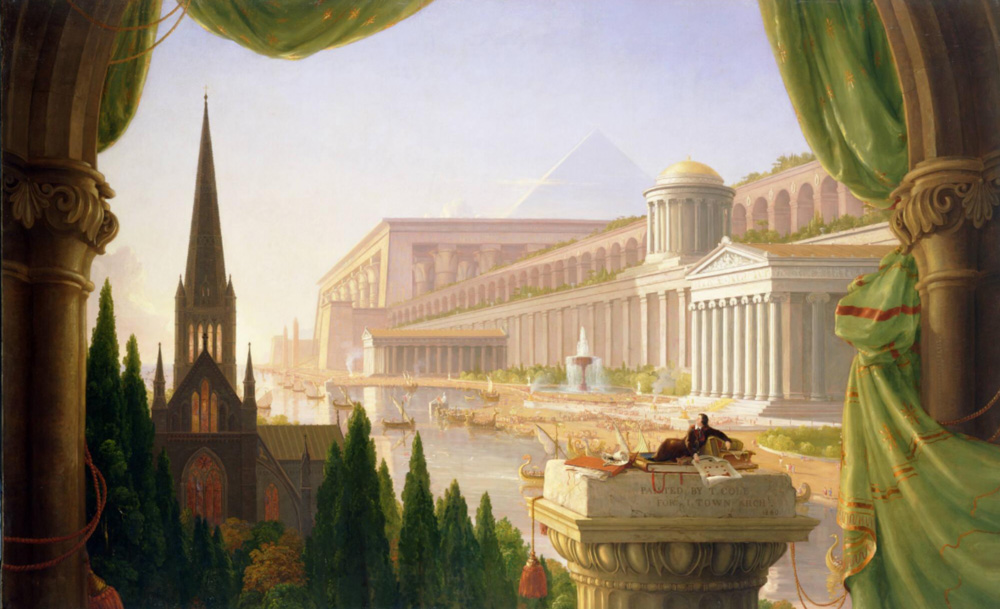
If it wasn’t for Florence Scott Libbey, there would be no Toledo Museum of Art. The land it’s built on, the building, the additions, and most of the artwork in the museum is a gift of Florence Scott Libbey and her husband, Edward Drummond Libbey. She gave the gift of art to all Toledoans. She ensured that the museum would always be free, so that people from all walks of life could benefit from the collection of high quality art and the performance of great music in an outstanding Peristyle theatre in the East Wing.
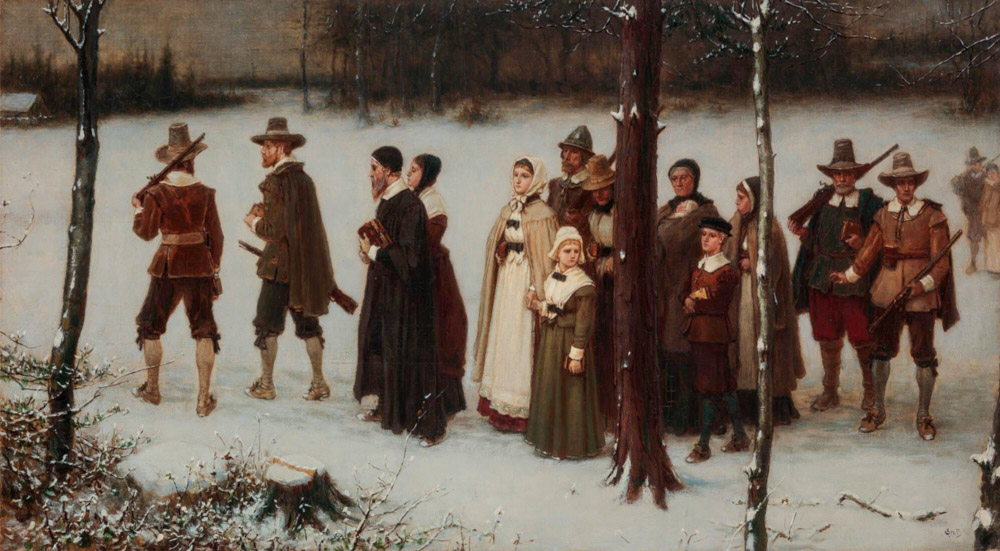
Florence Scott was born on January 11, 1863, in Castleton-on-Hudson, Rensselaer County, New York to Mary Brown Messinger and Maurice Austin Scott, who was born on September 23, 1830, in Ridgefield, Fairfield County, Connecticut. Florence comes from a long line of fierce Puritans, non-conformists who had the strength and gumption to pull up their roots in England in search of religious freedom. They arrived in the New World to build a better life, as hard and challenging as it was. They were pioneers. Six generations lived in Fairfield county, Connecticut, before they migrated to Ohio in the early nineteenth century. Florence’s grandparents, Jesup and Susan Wakeman Scott and sons Maurice, Frank and William contributed greatly to the development of the brand new city of Toledo. Toledo is profoundly fortunate for all that they contributed, including several city parks, the University of Toledo, and the Toledo Museum of Art.
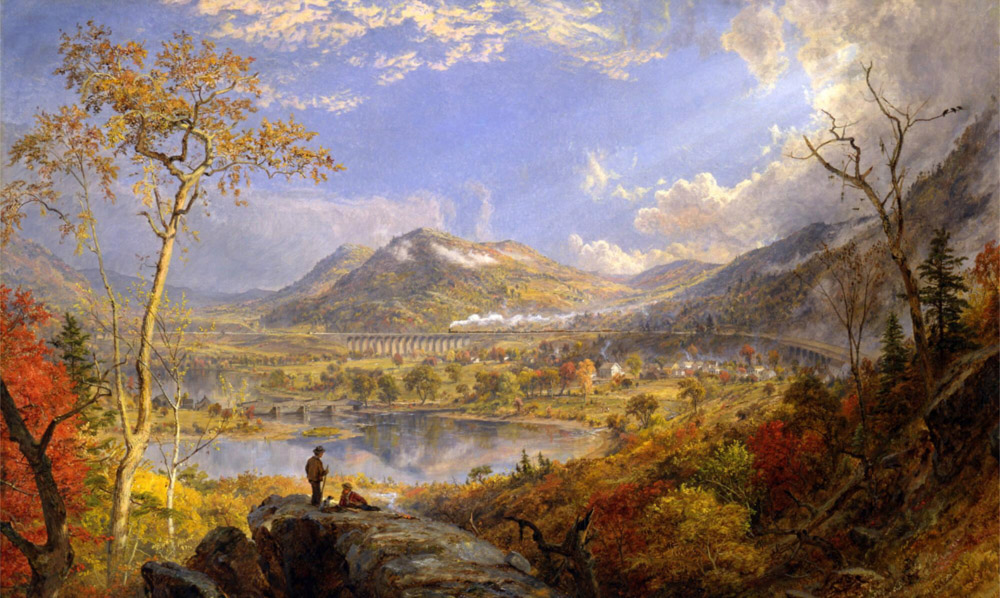

In 1835, Jesup Scott purchased the land on which the museum would later stand in 1912. Over the years, the close-knit extended family lived in Maumee, Connecticut, and Castleton-on-Hudson, which is where Florence was born and raised. Florence’s uncle Frank Scott was an architect and world traveler, possibly explaining where Florence got her sophistication and love of art. She went to finishing school in Germany. In the 1880’s the Scotts moved into a new house built at 2449 Monroe St. marking the precise location that would soon enough be the entrance to the museum.

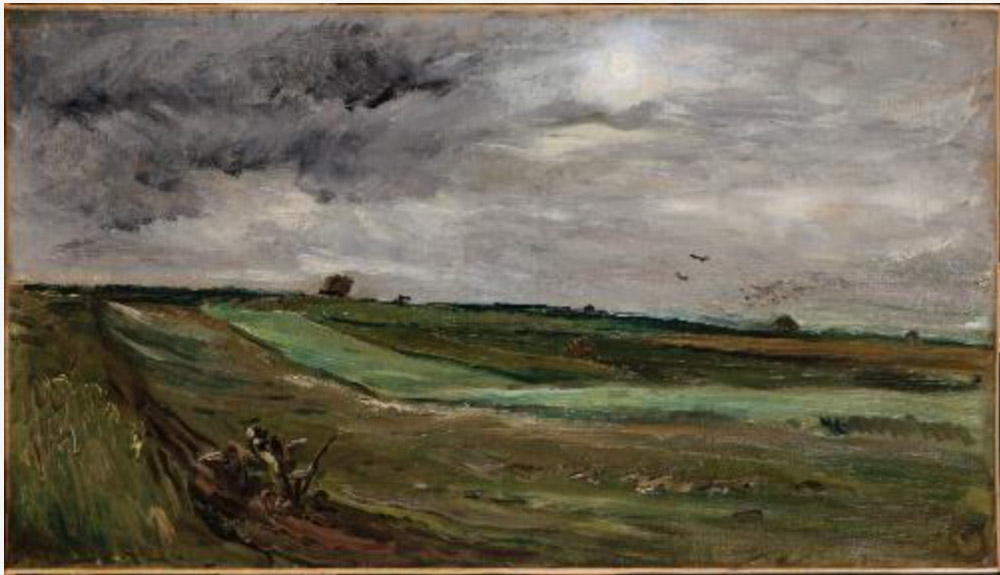
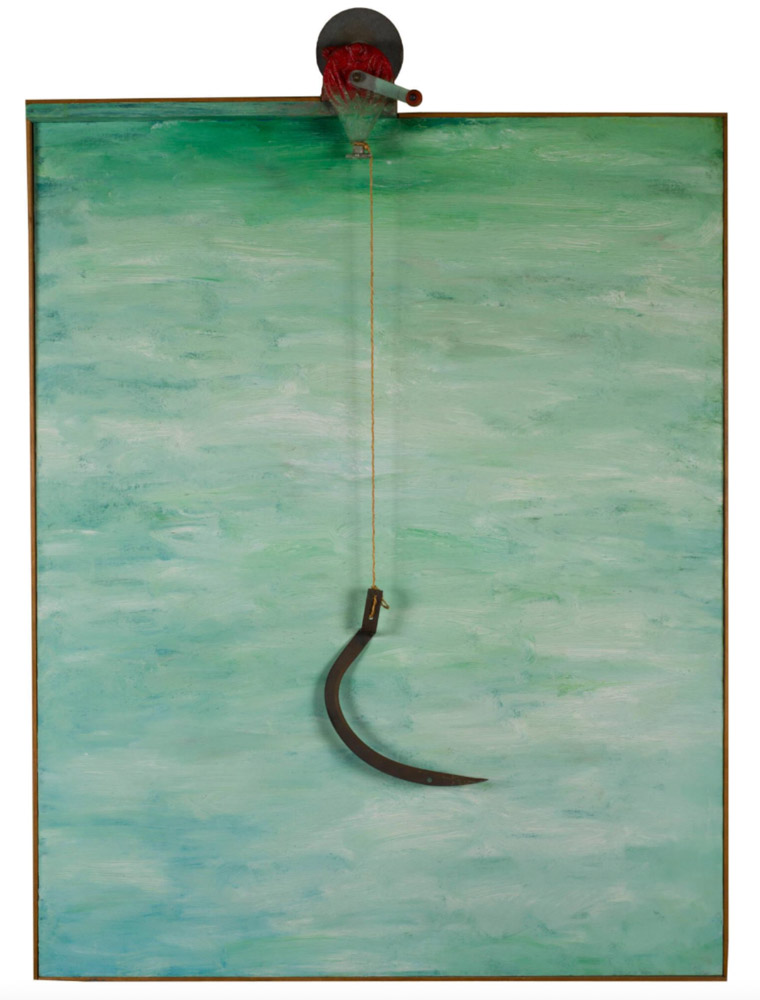
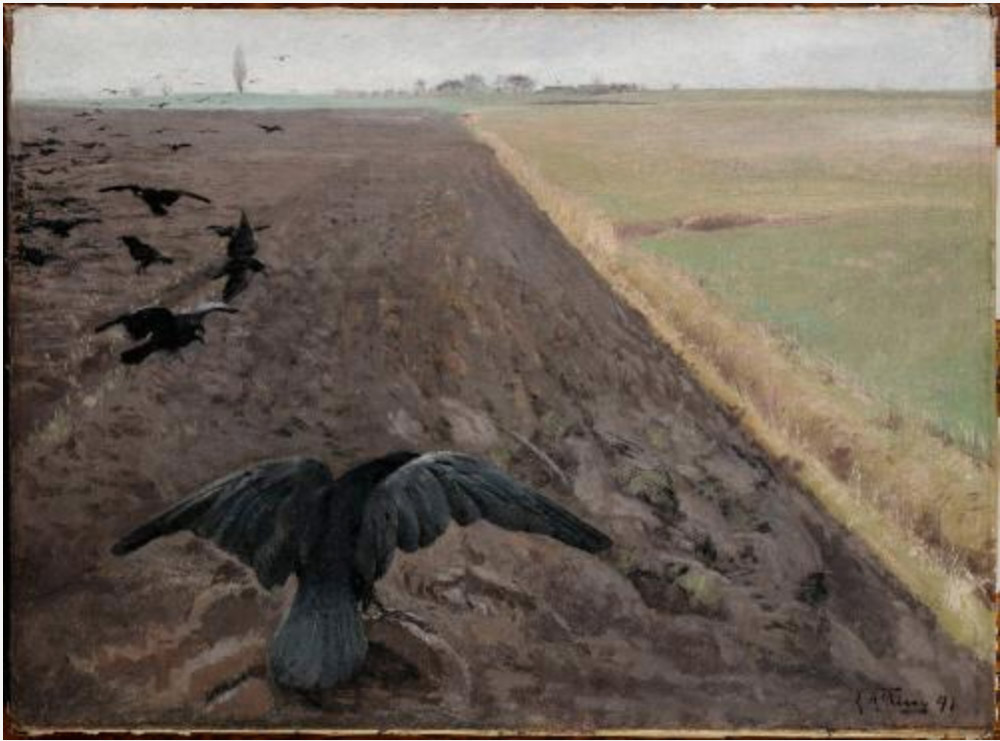
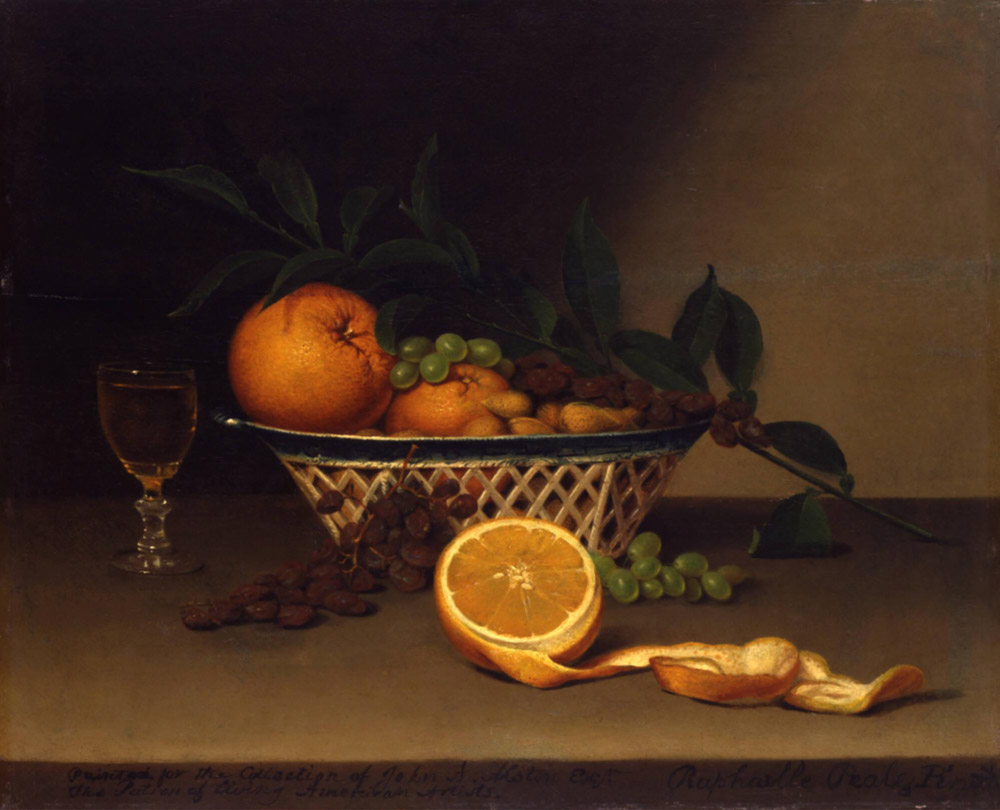
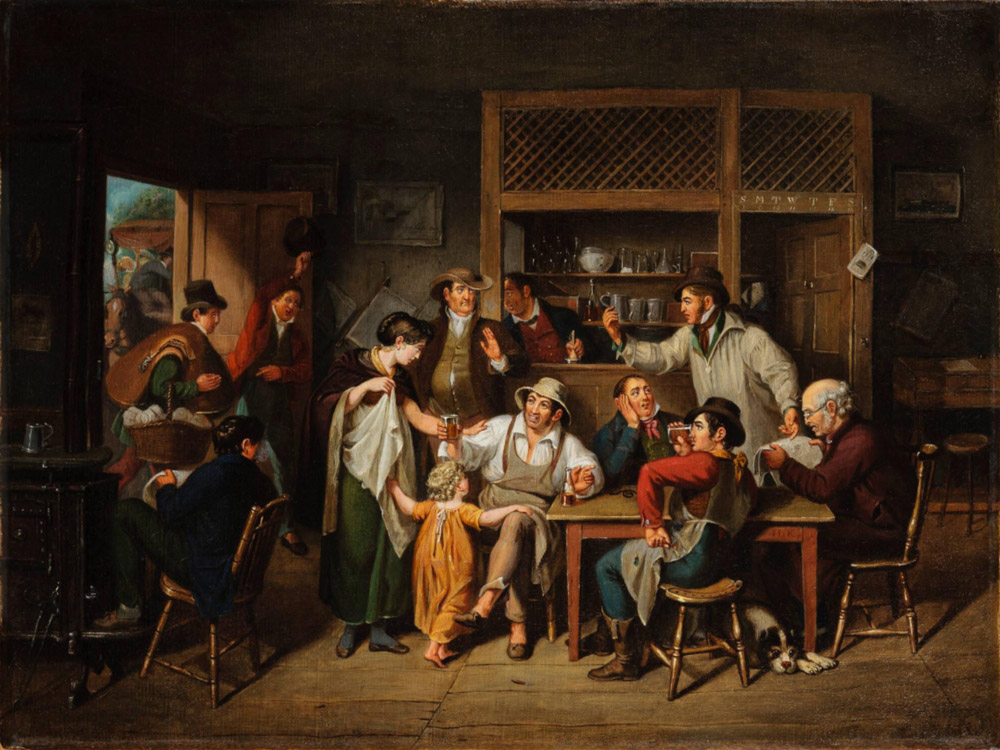
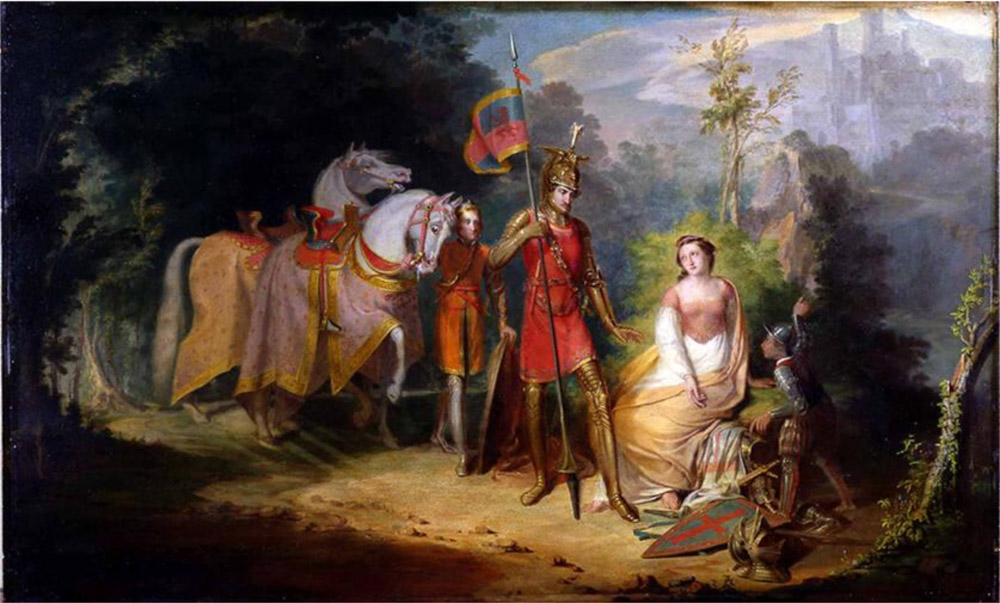
I should mention here that in 1888 Edward Drummond Libbey moved his glass plant to Toledo from Cambridge, Massachusetts after meeting Florence at a dinner party. They were married on June 24, 1890 at Florence’s home, the spot of the future museum. It was the social event of the season. Florence and Edward were not royalty, they were in fact everyday people, but because their hearts were big and they could do, and did do, so much good for the people of Toledo, they were elevated to the highest level of greatness that Toledo has ever seen. And rightly so. When Mayor Carty Finkbinder initiated the Toledo Civic Hall of Fame in 1998, guess who was the first inductee?

Founded in 1901 with other like-minded citizens including artists, the museum opened in 1903 in a house provided by the Libbeys on the corner of Madison and 13th Street. Right away the museum was integrated into the community. Art classes began right away, including weekly children’s classes with 50 children. Later, after the white-marble museum was built on land donated by Florence, the School of Design was opened in an adjacent house on the property that was the former house of Florence’s uncle William. They had classes in drawing, painting, photography, pottery, needlework, lettering and home decoration. The museum gave hundreds of lectures a year and was a hot-bed of activity, designed “to bring our citizens the understanding of the principles and the benefits of art in their lives and in their work.” (Edward Drummond Libbey, 1921) The mission was both art education and the safe-keeping and exhibition of art. Then, during the Depression, the Peristyle was built, which employed countless Toledoans, thanks to the kindness and generosity of Florence Scott Libbey. She ensured in her will that the museum be free for everybody in perpetuity, and that the musical performances would be free or affordable for all walks of life.
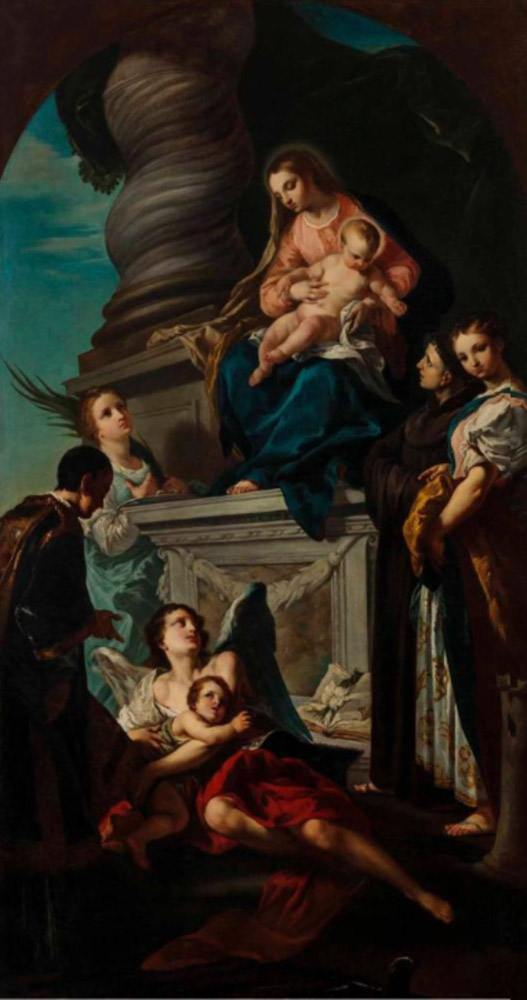
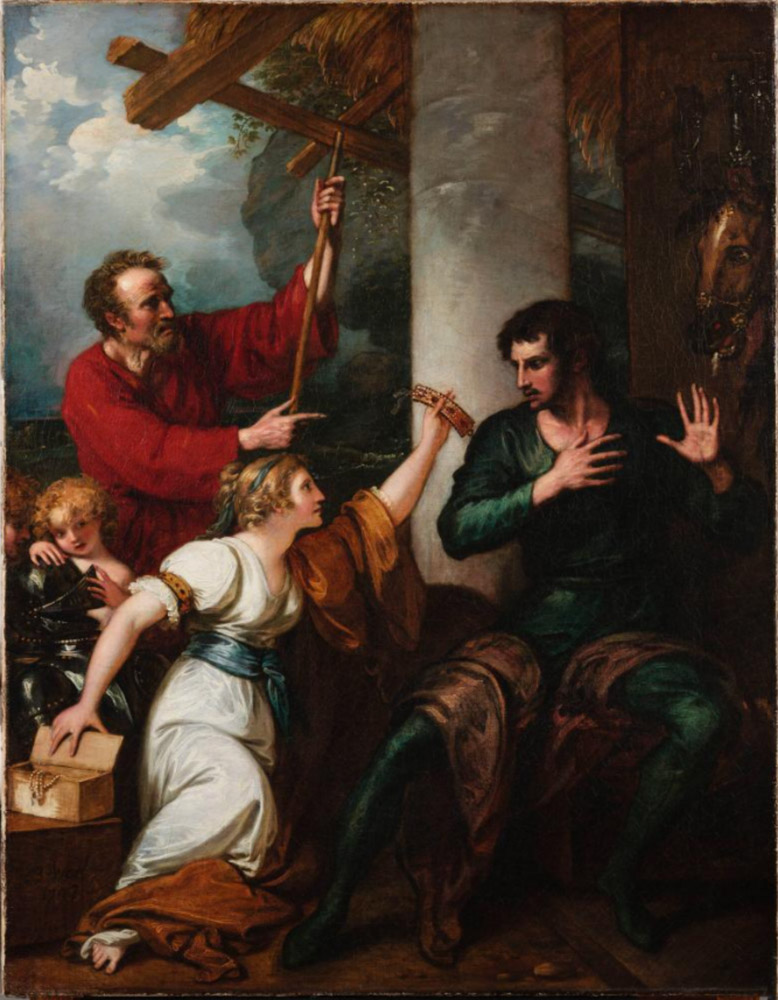
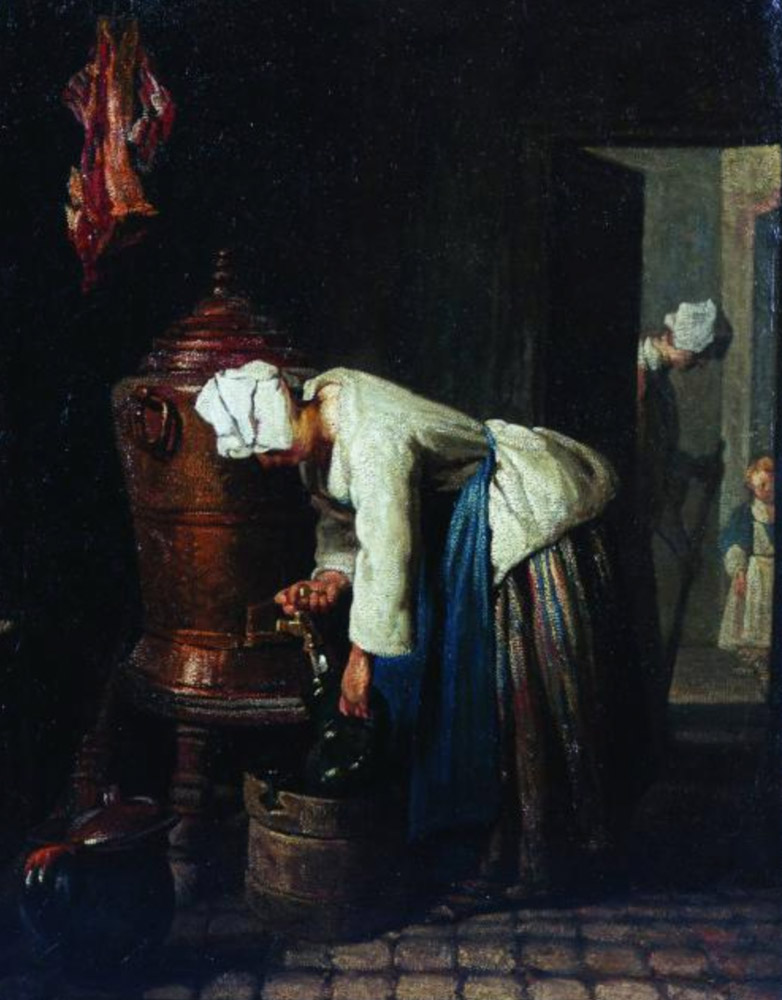
Father, Maurice A. Scott, 2006.2

Father, Maurice A. Scott, 2006.3
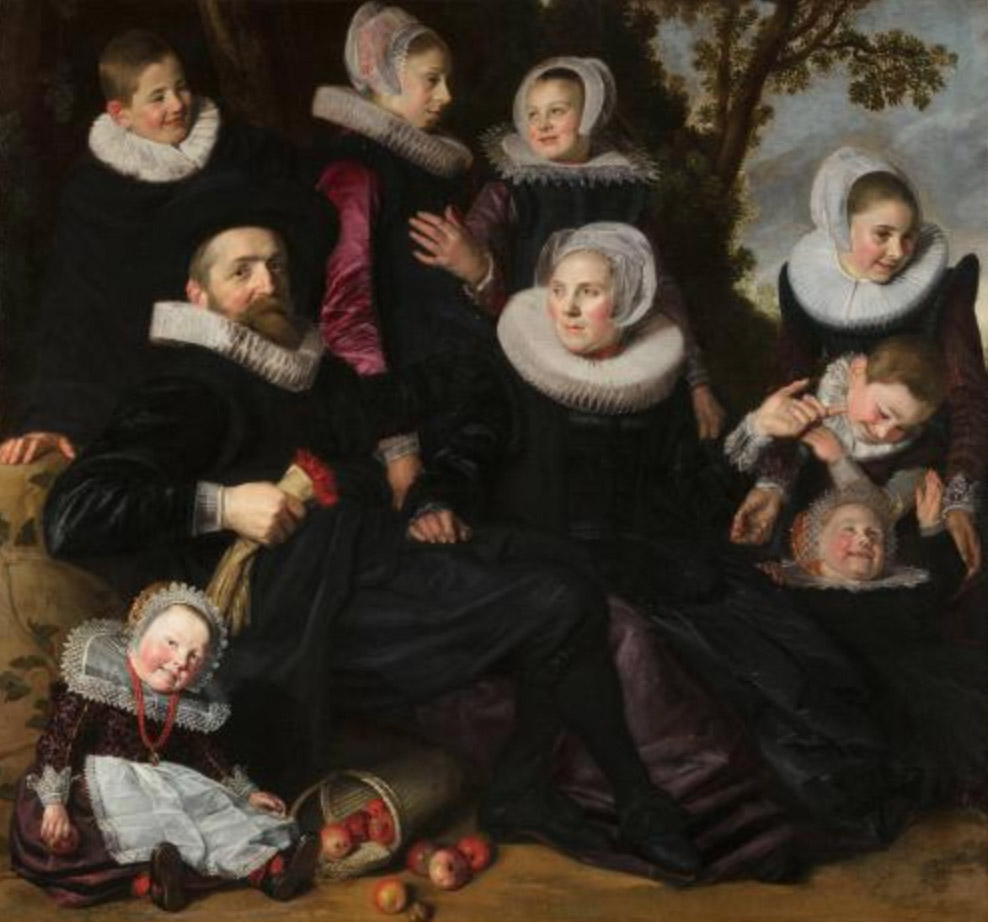

A note about the Portrait of a Black Man in a World of Trouble –
Would Florence Scott Libbey like this little painting of a burnt American flag? Her ancestors helped build this country and fought in the American Revolution. Florence and Edward were upstanding American citizens who founded the museum. They would never burn a flag. Is the museum trying to make a point here? The museum also used funds from the Kobakers and the Barbers, who fought under the flag in World War II. This little scribble of Kerry James Marshall’s is hardly one of his best — it was not in his 2016 retrospective of about 100 of works at the Met. It was owned by the father of a Brooklyn Museum curator with whom the Toledo Museum was planning a Nigerian art show for the Summer of 2023. It was bought from an Ohio art dealer who listed it at an art fair in April 2022. The next year, the museum accepted a donation of a large number of prints from this same art dealer. An iconic Kerry James Marshall painting for the museum would have been nice, especially since they just sold three iconic Impressionist paintings for diversity sake making $61M. The former contemporary art curator wrote on Instagram that this painting would be used in their programs. Perhaps because it fits in a spiral bound notebook and is easy to carry to the museum’s new offsite art classes in the Projects, to condescendingly show the fledgling art students that the Art Museum bought this painting of a black man in a world of trouble. See, he burned the flag. So please come to the museum.



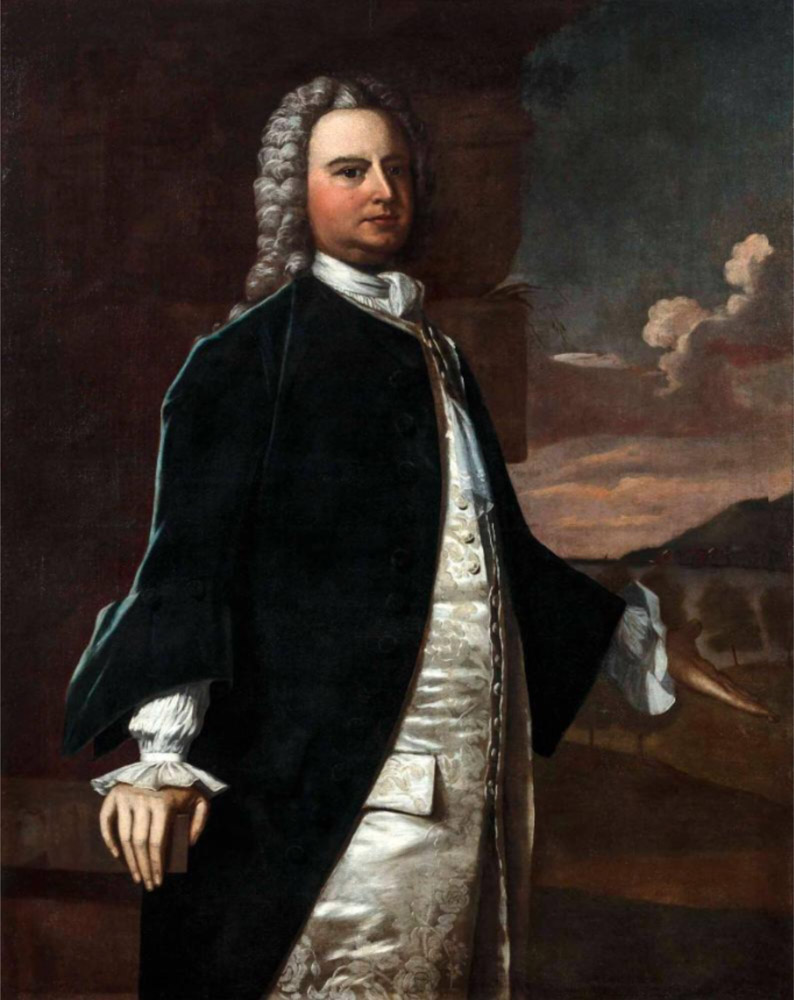

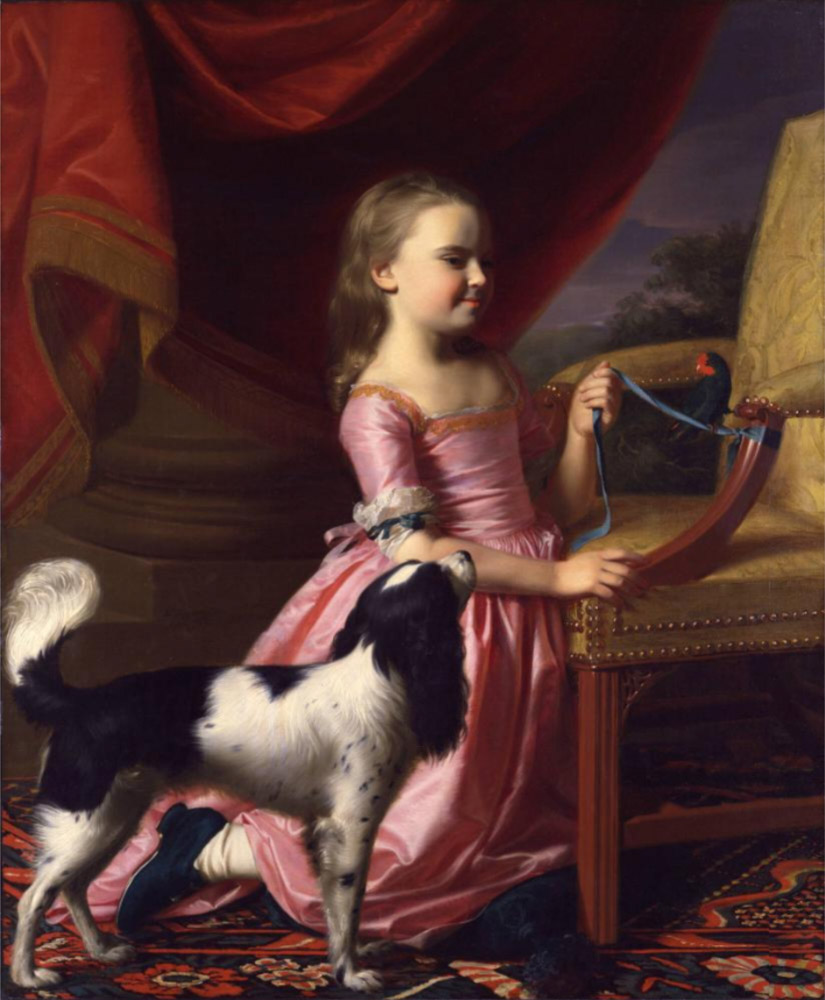
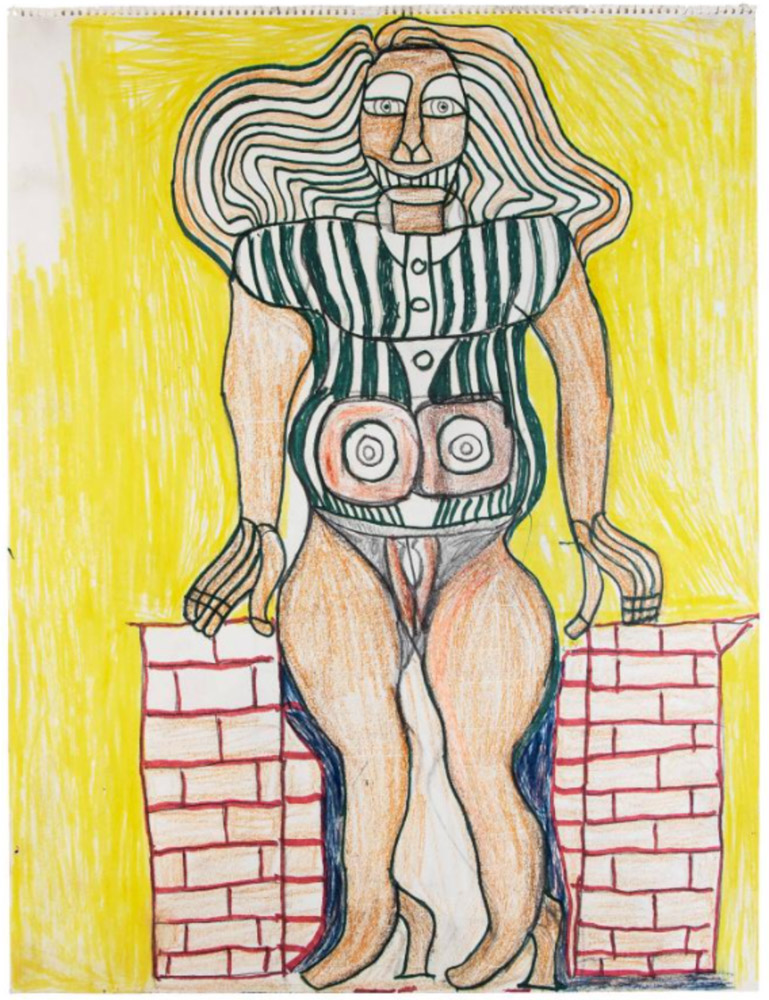

A note about Lisa Jean, A Young Lady Named Georgia Alice Fixing to Get Married and Got on Her Wedding Dress, and the Souls Grown Deep
In 2019, the museum jumped on the nation-wide museum bandwagon to buy the self-taught art and quilts of a small community in Alabama from the Souls Grown Deep Foundation. The museum chose to further Florence Scott Libbey’s legacy by using her Bequest for many more pieces, see here. By buying these pieces from Souls Grown Deep, the museum agreed to their policy of resale rights, so it’s a financial arrangement as well. And note that every acquisition is not only purchased with the funds of Florence Scott Libbey in memory of her father, every one is also a gift of Souls Grown Deep.
What a wild contrast these works make for the collection of Florence Scott Libbey’s bequests. Would she like them? Or is her memory getting jerked around by the new leadership of the museum?
The School of Design has withered away to nearly nothing. While the museum bragged that it was “bursting out of the walls” with its classes in the Projects, the truth is that, for years, it had been quietly dismantling the real school — the one that served generations of everyday people. For decades, it was a respected, working institution with deep community roots and enormous potential for growth. But instead of nurturing that legacy, the museum shifted its focus. Today, its outreach is largely limited to its new pet demographic: Blacks living within the two-mile radius.
One thing is for sure, the portraits Florence bought for the museum have made much better artists of Toledoans. Toledo artists are particularly skilled at rendering the human form and capturing a likeness. For example, Leslie Adams, Chelsea Yonkman, Aaron Bivins, Michael Sheets, Richard Reed, Diana Attie to name a few. Ironically, the Libbeys started the local art shows at the museum, that Brian Kennedy, the museum’s 9th director, ended in 2014. The museum ridded itself of storing years of local artist purchase awards. As a result, this great collection of Toledo art has disintegrated into thin air. Then the museum buys this low quality self-taught folk art from a single region in the South. They have to build more storage just to store it — the sculpture, Trip to the Mountaintop, shown below, is 11 feet tall and 7 feet around. Adam Levine is quoted in a national publication that he is not only committed to showing these works, he’s committed to storing them too.

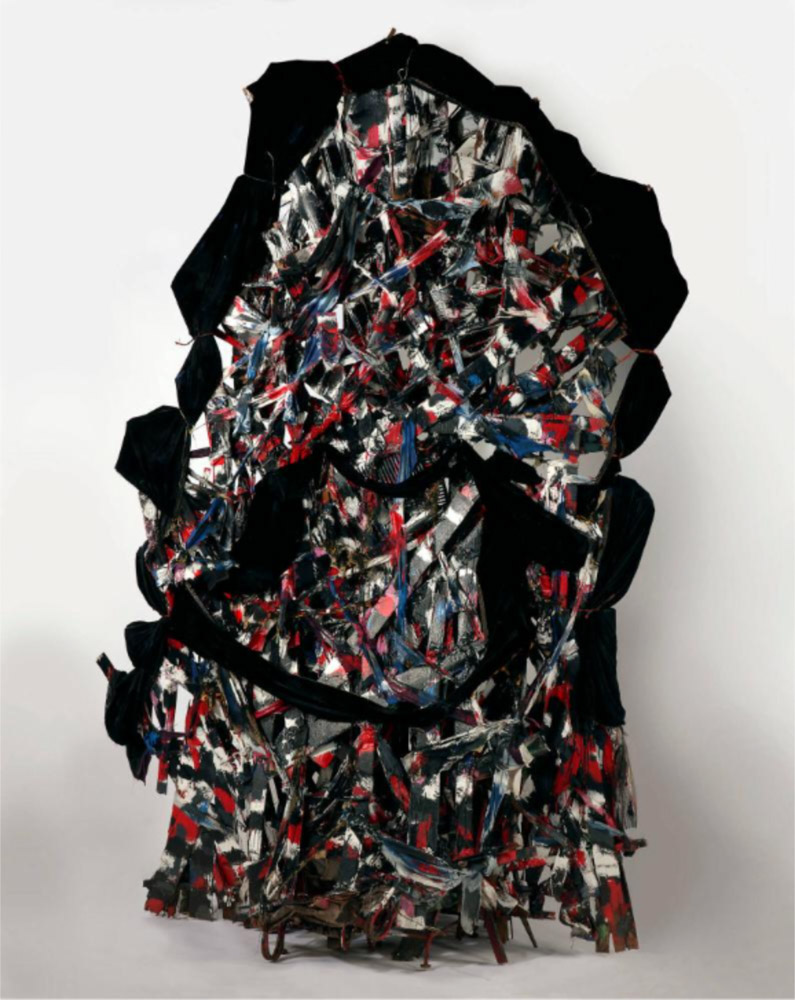
The Land Acknowledgment of 2023
The Toledo Museum of Art’s 2023 Land Acknowledgment after 122 years of Florence Scott Libbey’s continuous generosity:
The Toledo Museum of Art is located on the ancestral homelands of the Erie, Kickapoo, Ottawa, and Seneca. We recognize that many other native tribes have also conducted trade on and called this region their home including the Lenape, Miami, Ojibway, Peoria, Pottawatomie, Sauk, Shawnee, and Wyandotte. We at the Museum acknowledge and honor the past present and future lives of indigenous peoples in the Toledo area and thank them for their resilience as stewards of the land on which the Museum’s campus now resides.
Likewise, on Martin Luther King Day in 2022, the museum opened on a Monday, believed to be the only Monday in its history to be open. It was also the 110th anniversary of the opening of the brand new white marble building of the Toledo Museum of Art. Did the museum celebrate that anniversary along with Martin Luther King Jr.? No way! They kept it secret. You have to wonder why the anniversary of the museum could not be celebrated on Martin Luther King Day. The museum has no pride? Self-hate? Or is it that they just can’t reconcile celebrating the both the Museum and Martin Luther King Jr. as if their purpose is directly opposed to the museum’s purpose? Perhaps they are not being good patrons of the museum?
As for respecting Florence Scott Libbey’s wishes for flowers to be put on the Libbey’s grave on Easter Day, Memorial Day and November 13, which is a requirement of the Endowment, (and it’s not really asking too much), just look at the unkept mess that was the Libbey grave on Easter Day in 2023!
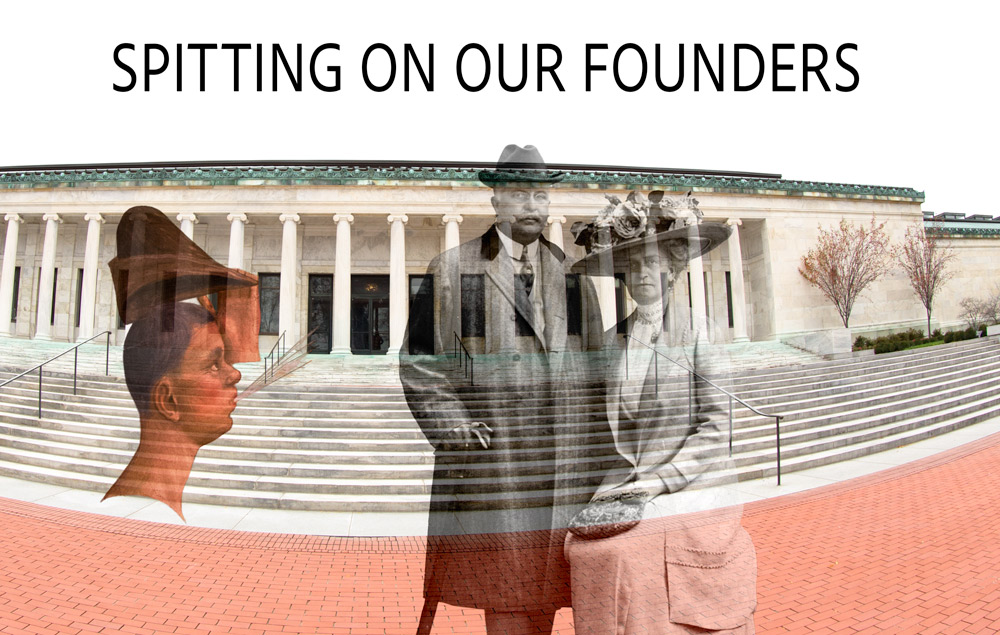
The Museum was meant for everyone—free admission for “all conditions of life,” and musical performances were priced so anyone could attend. The school, the lectures, the art – it was a gift to the whole community, without barriers. That was the founding spirit of the museum: free and open to all, and they wanted everyone with them. They had to rebrand that?
Now, under Director Adam Levine, he talks of “problems with the beginnings of museums,” as if our museum shares the same legacy of elitism of other museums that he does not name. It couldn’t be further from the truth. Yet this flawed projection seems to justify what he calls a “complete transformation”—a revolution. Into what? We’re simply told we should want it. That we should love what he’s doing. That it will “put Toledo on the map.” As he sends our art away.
The new rebranding: the museum is now for all people, not just some. That message doesn’t honor the museum’s roots—it mocks the vision of Florence and Edward Libbey, who built this museum as a community center for education. A museum for everyone.
Off the Wall
It’s May 15, 2025 today as I write this page and none of these 144 iconic paintings are on view, most of these being the gifts of Edward Drummond Libbey —
57 Impressionist to 20th Century masterworks are being shipped to New Zealand as I write this. A secret loan undisclosed to Toledoans. Where are the other 87?
The museum makes its own art now. Living off of its great reputation, it runs on fumes.
“The superpower that an art museum has is when something goes up on the wall, it’s considered good. We set the canon.” Adam Levine, 11th Director of The Toledo Museum of Art, quoted in a Forbes interview in 2022.
“Our audience is changing dramatically – our average age of a visitor has dropped by almost 20 years over the past four years, and our visitation is more diverse than the Metropolitan Statistical Area.” Adam Levine, City Paper May 9, 2025
DEI took over the museum and all of a sudden the museum is a condescending love-fest celebrating every holiday for Blacks, Latinos, Asians, Native Americans, and the disabled. Everyone else is expected to step aside (unless they are gay or mentally ill). Art is about identity politics now and the European art has to go.
These usurpers plan to transform the museum “right down to the studs.” They don’t have contractors lined up, they don’t know where the money is coming from, but they have already taken the post-Civil War European and American art off the walls.
“Our audience uses the museum as a place to expand their horizons – which is an incredible thing,” said Adam Levine, a New Yorker outsider who is now the 11th director of the museum (the 4th in the past 15 years.) He is ripping it apart as if it is a toy. He’s into surveys, checking everyone’s age, sex, race, religion and address, and the reason why they like to visit the museum. He found out that many different people in Toledo like to expand their horizons at the museum. As if it hasn’t been that way since the Libbeys built the museum for us. He can’t imagine other spaces where people of different backgrounds can come together and do such a thing. But Toledo even has a university (thanks to Florence Scott Libbey’s grandfather, Jesup Scott). People in Toledo of different backgrounds go to concerts too, they use the public library, and they even travel. And he thought we were dumb.
Toledo Museum of Art embarks on ‘Transformation 2027’
“Change is hard for people, especially when people are used to something,” said Levine, who must have paid a PR firm $100,000 for that line, using Libbey funds.
People don’t like having their art taken away that was given to them by Florence Scott Libbey and Edward Drummond Libbey, and they don’t like their heritage erased and replaced. We don’t want to be told how to think. We don’t want our great museum torn apart by outsiders who endeavor to make a global name for themselves, an “example for other museums to follow,” selling our art along the way. Museum stewards should care for the art and the museum to which they are entrusted, and not just use it for their hyperactive experiment.
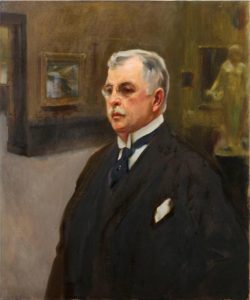
Libbey is a role model for capitalists. He gave back to the community. Many might argue that he should have given to the poor instead of building an art museum.
It is an old argument, but the world needs museums as much as it needs soup lines.
More importantly, how one gives back to the community is an individual matter in our society. Libbey was blessed that his passion for art, love of glassmaking, community vision, and hope in education came together in a single project. His focus was on children and education, which benefited society. Libbey approached philanthropy differently than most other capitalists. He wanted true community involvement in his giving. He didn’t just give Toledo an art museum, he made Toledans part of the building. He made the museum a community center for education. Art and industrial art education were part of the museum’s mission. Libbey found encouragement, not just in the number of visitors to the art galleries, but in the number of students enrolled in training at the museum. He even promoted visits by workers and industrial designers to infuse art and manufacturing into the curriculum.
The museum today remains a spiritual legacy to Edward Libbey. Walking through, you can sense his spirit and direction. The glass collection is a tribute to the glass industry, and a living example of the fusion of industry and art. The diversity of the collection is striking in itself and reflects the central role of art that Libbey envisioned. The museum is still inviting, as Libbey had envisioned. It is in every aspect an art museum for the average person.
––Quentin R. Skrabec, Jr. Edward Drummond Libbey, American Glassmaker, McFarland & Company, Inc., Publishers, 2011

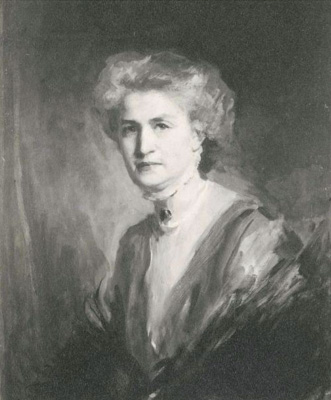
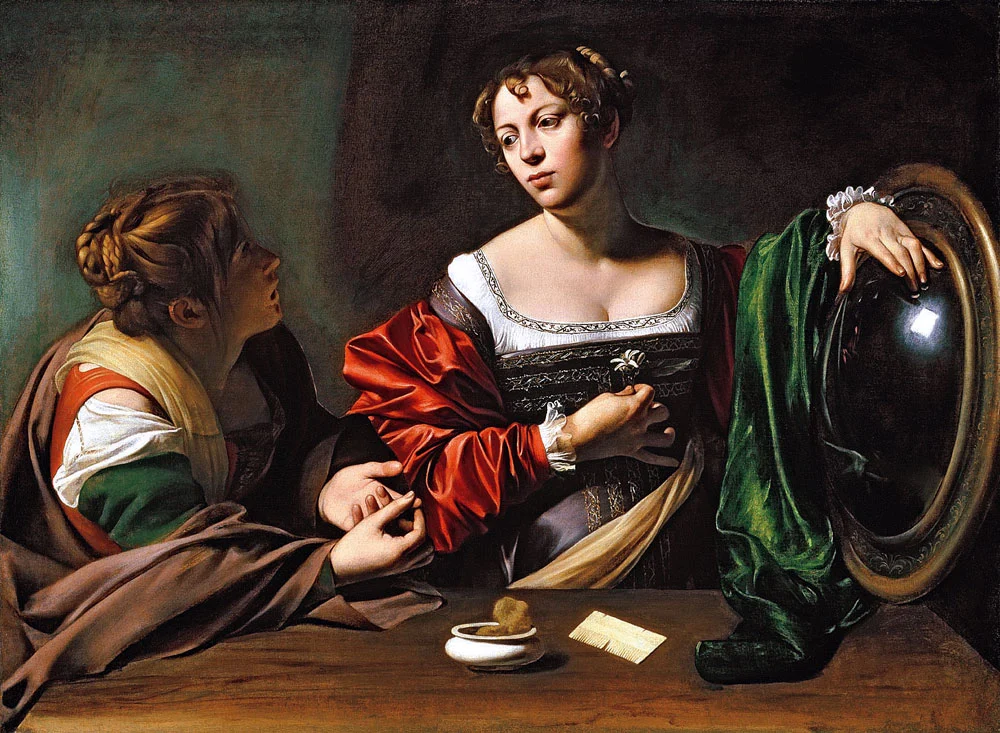







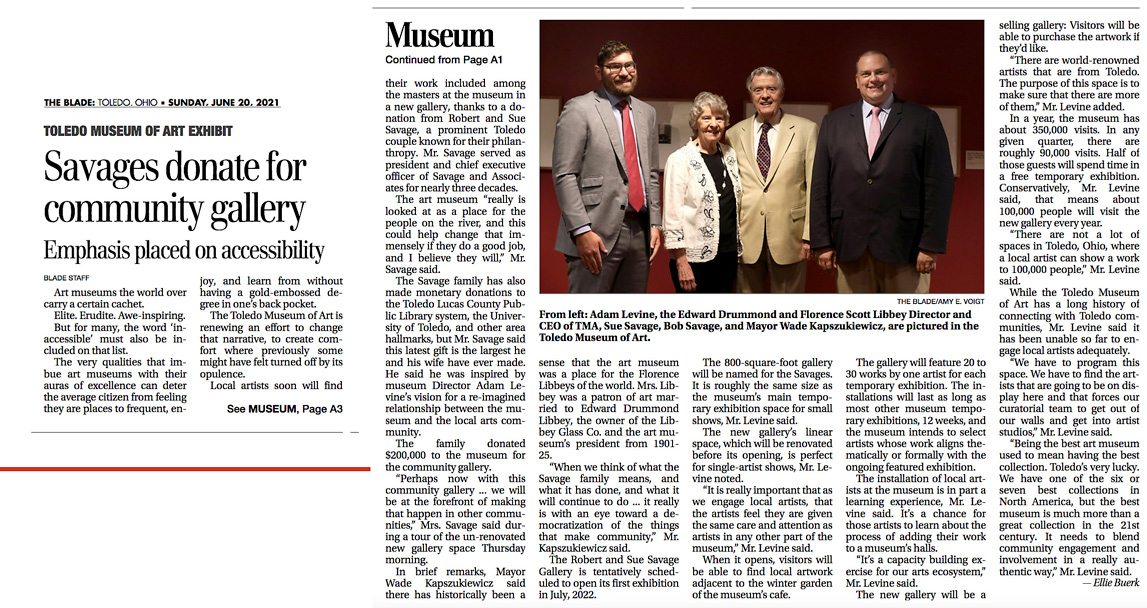


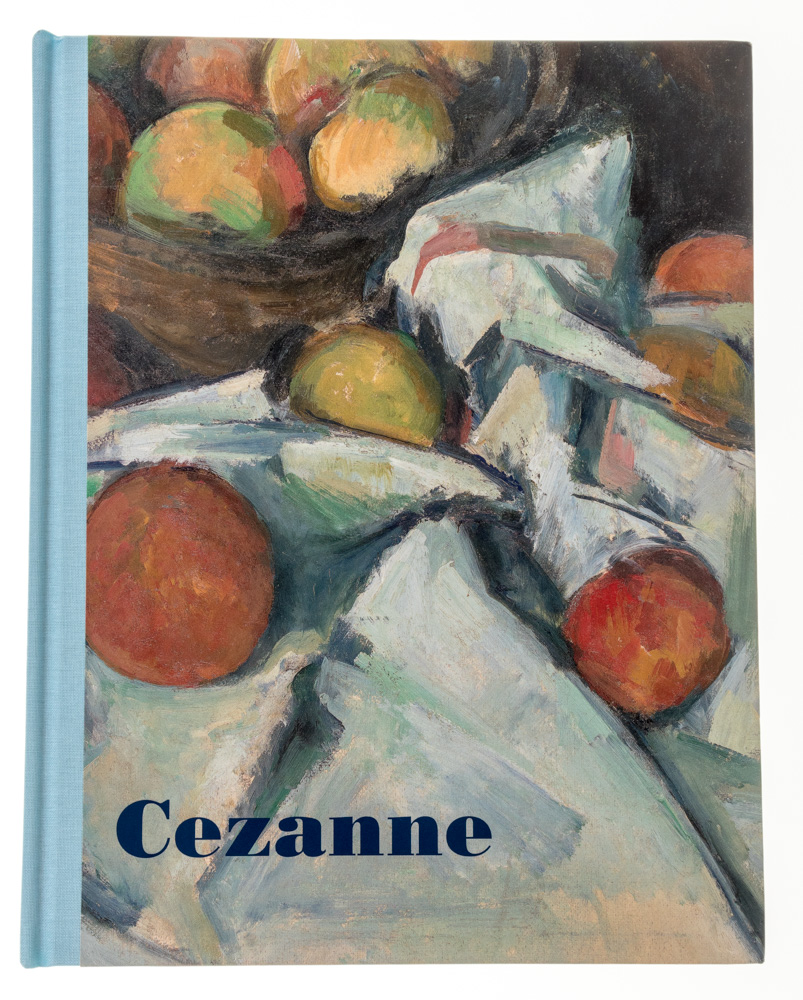




 A lot of brave Americans fought and died under the American flag…Toledo is Jeep country, after all. Have some respect.
A lot of brave Americans fought and died under the American flag…Toledo is Jeep country, after all. Have some respect.